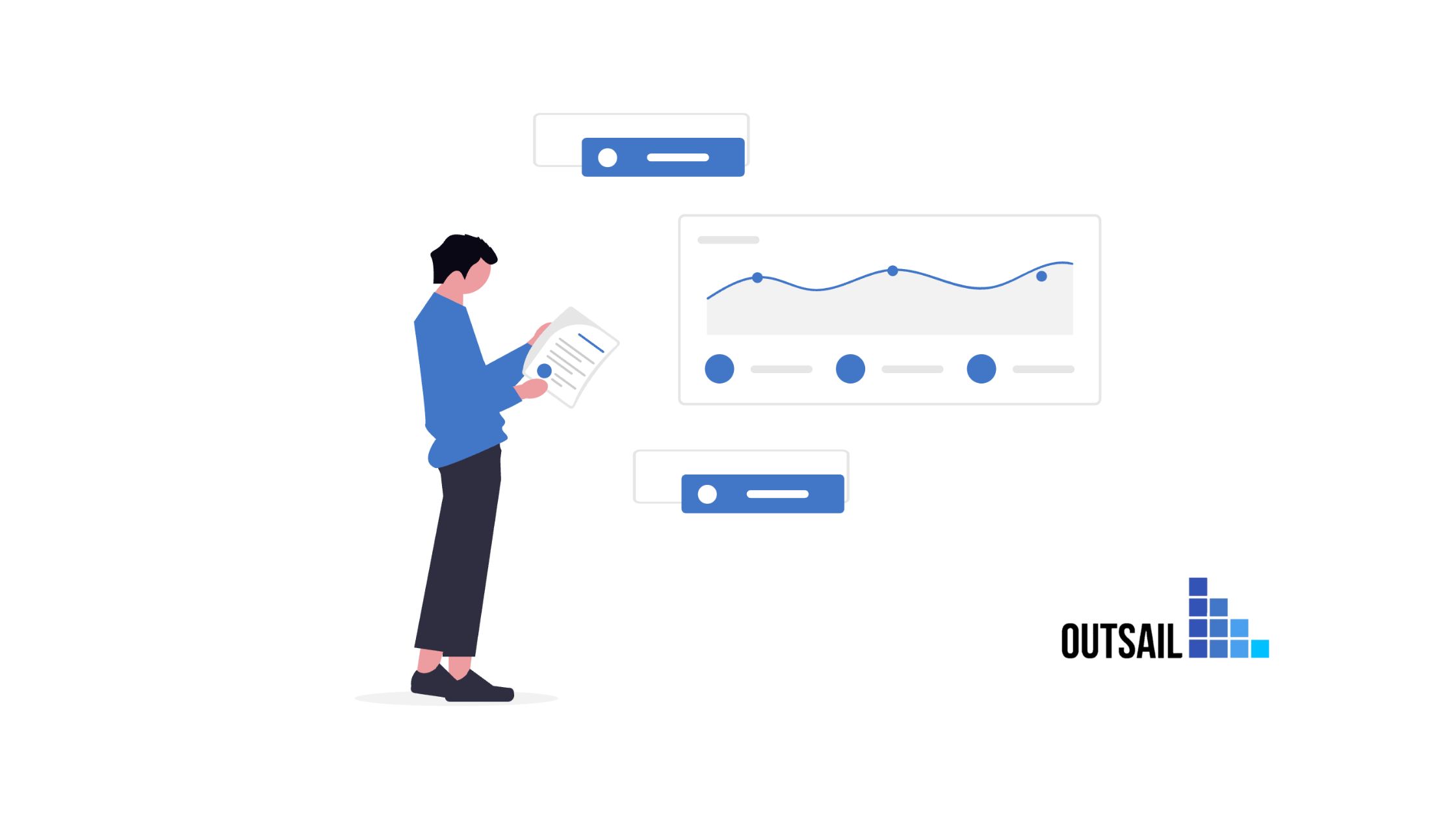Streamline year-end payroll compliance with W-2 preparation HRIS, ACA reporting software, and 1095-C automation to ensure accurate, penalty-free Q4 HR compliance.

As the fourth quarter approaches, HR and Finance teams across organizations feel the mounting pressure of year-end payroll compliance. The fear of penalties, missed deadlines, and compliance failures keeps many professionals awake at night—and for good reason. According to the IRS, penalties for incorrect or late W-2 filings can range from $60 to $630 per form, while ACA reporting violations can cost up to $310 per return with an annual maximum of $3.9 million.
The challenge isn't just about avoiding penalties; it's about establishing a systematic process that eliminates confusion between HR and Finance departments while ensuring every compliance requirement is met. Without the right HRIS infrastructure and clear accountability, year-end compliance becomes a scramble rather than a streamlined process.
Ready to streamline your year-end compliance process? Access our comprehensive compliance evaluation tools to assess your HRIS readiness and identify potential gaps before they become costly mistakes.
Year-end compliance involves multiple moving parts requiring coordination between departments and systems. The complexity has increased with evolving regulations and digital reporting requirements. Organizations must manage:
Modern HRIS platforms with integrated ACA reporting software significantly reduce these risks when properly configured and maintained throughout the year.
The key to successful Q4 HR compliance is starting early—ideally by October. This timeline allows sufficient time for data validation, system testing, and correction of discrepancies. Waiting until December creates unnecessary pressure and increases the likelihood of errors that could trigger audits or employee relations issues.
W-2 preparation represents one of the most critical aspects of year-end payroll compliance. Your HRIS should serve as the central hub, automatically aggregating payroll data and calculating year-to-date totals. According to IRS guidelines on Form W-2 reporting, even minor discrepancies can result in processing delays and penalties.
Essential data points to verify in Q4:
Reviewing taxable fringe benefits requires careful attention during Q4. Your HRIS should track these throughout the year, but verification is crucial:
Each benefit type must be properly coded in your payroll system to ensure accurate W-2 reporting and avoid IRS scrutiny.
The reconciliation between quarterly 941 forms and annual W-2 totals is where many organizations encounter difficulties. This process requires close collaboration between HR and Finance teams to ensure all adjustments and corrections are properly accounted for in both systems. Any discrepancies must be identified and resolved before year-end to prevent filing delays.
The Affordable Care Act's reporting requirements add significant complexity to year-end compliance. Forms 1095-C must be provided to all full-time employees and filed with the IRS. According to Department of Labor guidelines, applicable large employers must track specific data points throughout the year.
Your ACA reporting software should automatically:
1095-C automation systems must handle various complex situations that arise throughout the year. These scenarios require sophisticated configuration and ongoing monitoring to ensure accurate reporting:
Each scenario requires specific coding and tracking within your HRIS to ensure compliant reporting.
The integration between your benefits administration platform and ACA reporting software is crucial for accuracy. Data must flow seamlessly between systems to avoid manual entry errors. Regular audits throughout Q4 help identify gaps in data collection or system integration that need addressing before filing deadlines.
A well-configured HRIS forms the backbone of successful year-end compliance. Your system's readiness directly impacts your ability to meet deadlines and maintain accuracy. Essential performance checks include:
Work with your IT team or HRIS vendor to ensure adequate resources and schedule necessary upgrades before the busy season begins.
Your HRIS should include robust validation rules to catch common errors before they become compliance issues. According to SHRM's Payroll Compliance Report, automated validation reduces errors by up to 85% compared to manual processes.
Critical validation checks:
Modern employees expect easy access to their tax documents. Your HRIS should provide a secure portal where employees can consent to electronic delivery, update contact information, and access W-2s and 1095-Cs. Over 70% of employees now prefer electronic delivery, making this functionality essential for satisfaction and operational efficiency.
Clear delineation of responsibilities prevents duplicated efforts and missed tasks. HR typically owns:
These responsibilities require consistent attention throughout the year, not just during Q4, to ensure accurate year-end reporting.
Finance teams generally manage:
Regular communication between departments ensures alignment on shared responsibilities and deadlines.
Successful year-end compliance requires structured collaboration between HR and Finance. Establish regular meetings throughout Q4 to review progress, address issues, and coordinate activities. Key collaboration areas include payroll reconciliation, benefits cost allocation, and employee data verification.
The most frequent compliance failures stem from inaccurate or incomplete data. Common problems include mismatched names with SSA records, incorrect addresses, and missing employee information. Implement monthly data audits throughout the year rather than waiting until Q4 to discover issues.
Organizations often underestimate the time required for year-end compliance activities. Creating buffer time in your schedule allows for unexpected issues without jeopardizing deadlines. Start preparation in early October and complete initial reviews by mid-November.
Disconnected systems create opportunities for errors and inefficiencies. Ensure your HRIS, payroll, and benefits platforms share data effectively. Regular integration testing throughout the year prevents last-minute discoveries of data synchronization issues.
Beginning your year-end preparation early provides numerous advantages:
October should mark the beginning of intensive preparation activities, with preliminary work starting even earlier.
Maintaining comprehensive documentation protects your organization during audits and supports accurate reporting. Essential documentation includes:
Store documentation in a centralized, accessible location for easy retrieval when needed.
Effective communication with employees reduces confusion and support requests during year-end. Develop a communication calendar that includes deadline reminders, action requirements, and document availability notifications. Provide clear instructions for accessing electronic documents and updating personal information.
Modern HRIS platforms offer extensive automation capabilities that reduce manual effort and improve accuracy. Key automation features for year-end compliance include automated data validation, electronic filing capabilities, employee self-service portals, integrated reporting across systems, and real-time error detection.
When evaluating HRIS solutions for year-end payroll compliance support, consider vendors that offer comprehensive ACA reporting software, seamless payroll integration, robust customer support during peak periods, regular regulatory updates, and proven track records with similar-sized organizations.
Implementing new technology solutions requires careful planning to avoid disrupting year-end activities. If considering system changes, complete implementations by September or wait until after year-end compliance is complete. This timing ensures systems are stable and staff are trained before critical compliance periods.
The IRS regularly updates requirements for W-2 and 1095-C reporting. Recent changes include electronic filing thresholds, penalty adjustment amounts, and submission deadline modifications. Subscribe to IRS newsletters and work with vendors who provide automatic updates to stay compliant.
Many states have unique requirements for year-end reporting that go beyond federal mandates. Research requirements for each state where you have employees, particularly regarding unemployment insurance reporting, state disability insurance, and local tax obligations.
Start your Q4 HR compliance journey with these essential October activities:
November focuses on validation and correction:
December involves final preparations:
Year-end compliance doesn't have to be overwhelming when you have the right preparation strategy, technology tools, and clear processes in place. By starting early, leveraging your HRIS capabilities, and maintaining clear communication between HR and Finance teams, you can navigate W-2 preparation, 1095-C automation, and all other compliance requirements successfully.
The key to avoiding penalties and ensuring smooth year-end processing lies in systematic preparation, robust technology infrastructure, and proactive issue resolution. Organizations that invest in proper ACA reporting software and maintain their HRIS throughout the year find year-end compliance significantly more manageable than those who scramble in December.
Remember that compliance is not just about avoiding penalties—it's about maintaining trust with your employees and regulatory bodies while operating efficiently. A well-executed year-end compliance process reflects positively on your entire organization and sets the stage for a successful new year.
Take the first step toward stress-free year-end compliance. Explore our evaluation tools to assess your current HRIS capabilities and discover solutions that will transform your year-end payroll compliance process. Don't wait until Q4 to discover gaps in your compliance infrastructure—act now to ensure a smooth, penalty-free year-end.
